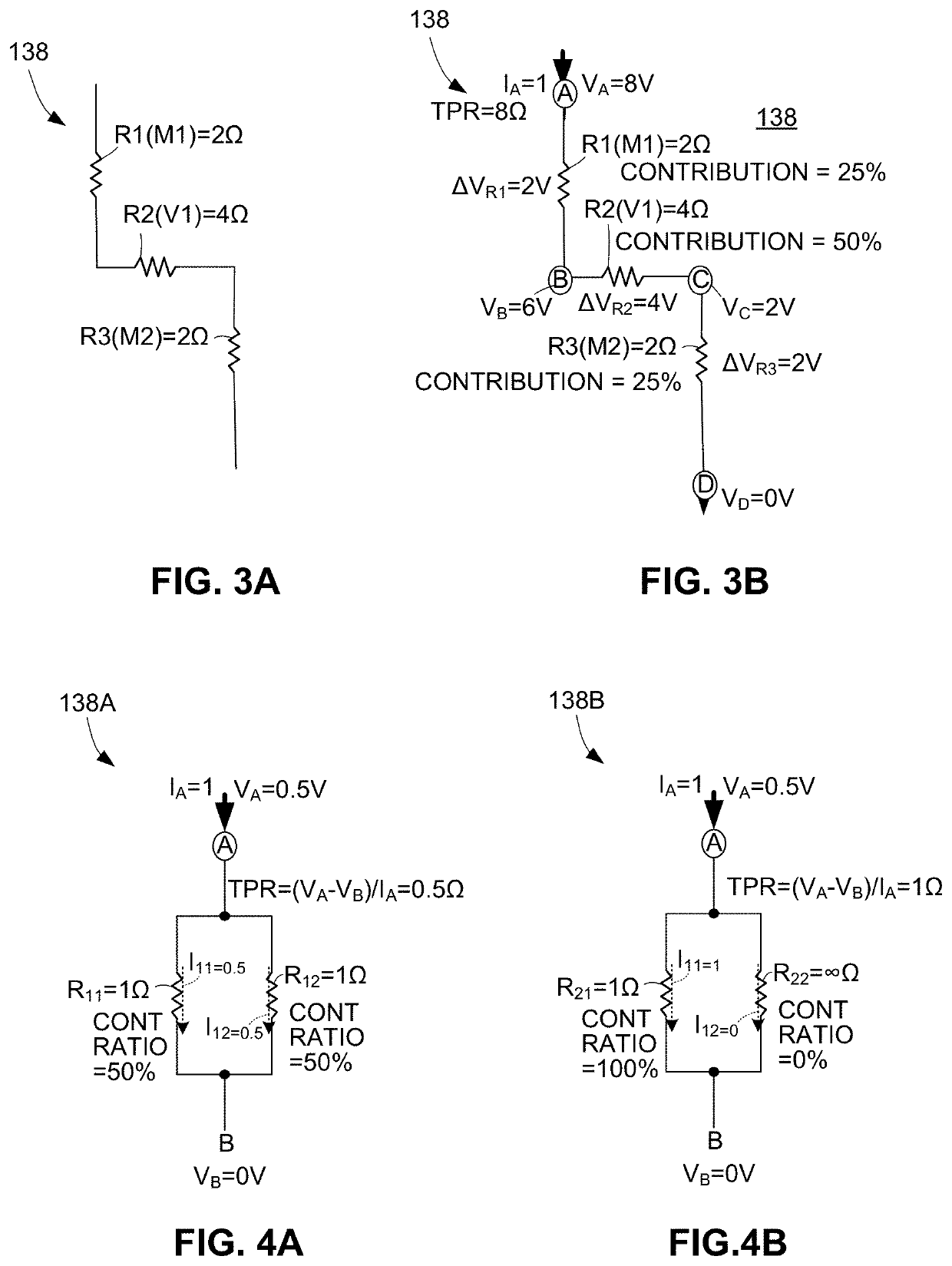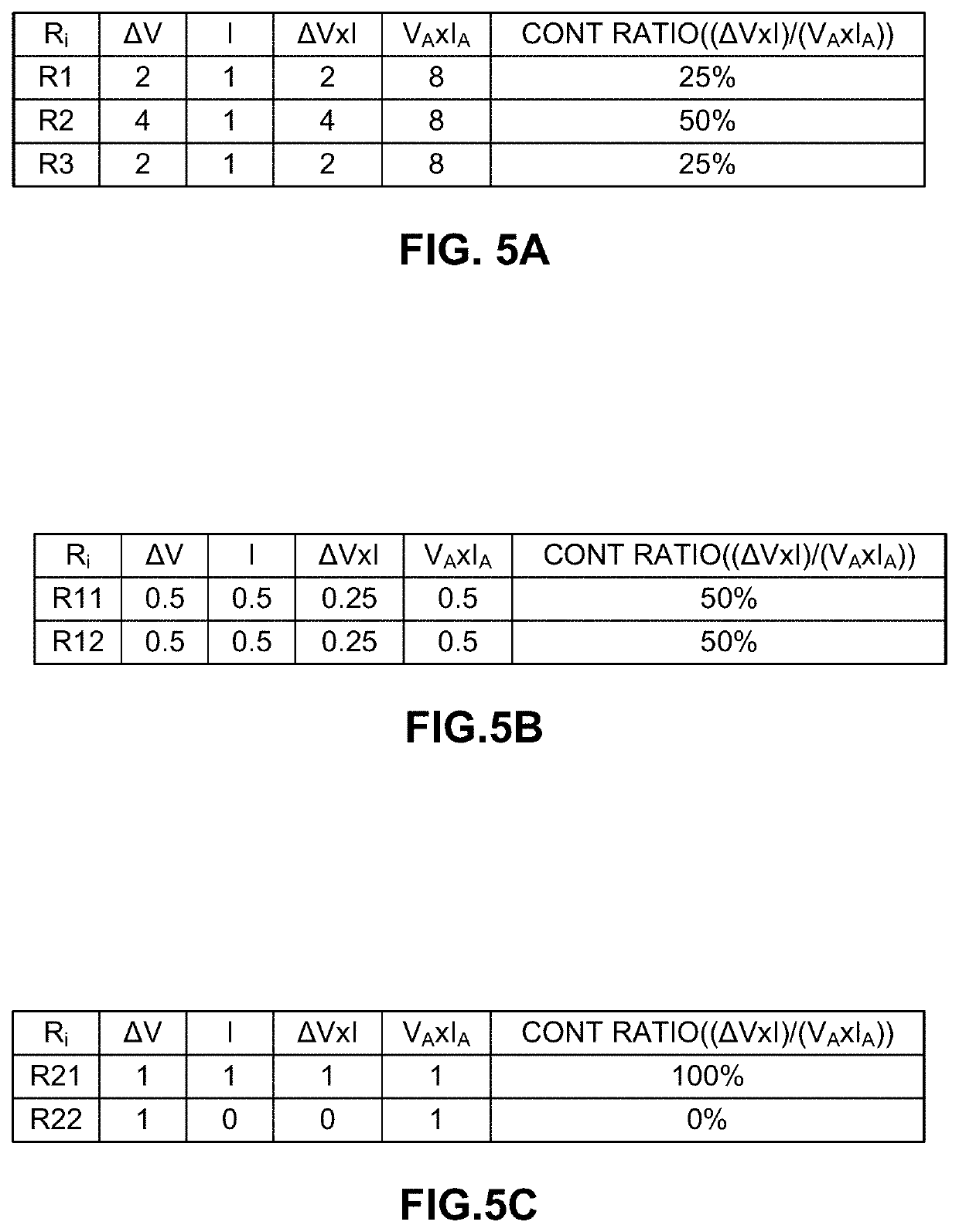Fixing ESD path resistance errors in circuit design layout
a technology of path resistance and circuit design, applied in the field of electronic design automation, can solve the problems of affecting the profitability of a circuit device, unable to commercially viable development a modern circuit design from concept to physical circuit device, and short circuits in metal interconnects, etc., to achieve fast and efficient compliance, reduce total ground path resistance, and quickly identify
- Summary
- Abstract
- Description
- Claims
- Application Information
AI Technical Summary
Benefits of technology
Problems solved by technology
Method used
Image
Examples
Embodiment Construction
, the citation or identification of any publication does not signify relevance or status as prior art for any of the claimed or described embodiments. Paragraphs for which the text is all italicized signifies text that is common to multiple Synopsys patent specifications.
FIELD OF THE INVENTION
[0004]This invention relates to electronic design automation, more particularly to physical (layout) verification of circuit designs, and even more particularly to physical verification of ESD circuit designs.
BACKGROUND OF THE INVENTION
[0005]Electronic design automation (EDA) toolsets are utilized by circuit developers to design and fully test their circuit designs before manufacturing (i.e., fabricating or otherwise producing) physical circuit structures. The term “circuit design” refers to a software-based description of an integrated circuit (IC) at any stage of the development process, from an initial circuit concept (general system level description) to a final taped-out description suitab...
PUM
 Login to View More
Login to View More Abstract
Description
Claims
Application Information
 Login to View More
Login to View More - R&D
- Intellectual Property
- Life Sciences
- Materials
- Tech Scout
- Unparalleled Data Quality
- Higher Quality Content
- 60% Fewer Hallucinations
Browse by: Latest US Patents, China's latest patents, Technical Efficacy Thesaurus, Application Domain, Technology Topic, Popular Technical Reports.
© 2025 PatSnap. All rights reserved.Legal|Privacy policy|Modern Slavery Act Transparency Statement|Sitemap|About US| Contact US: help@patsnap.com



